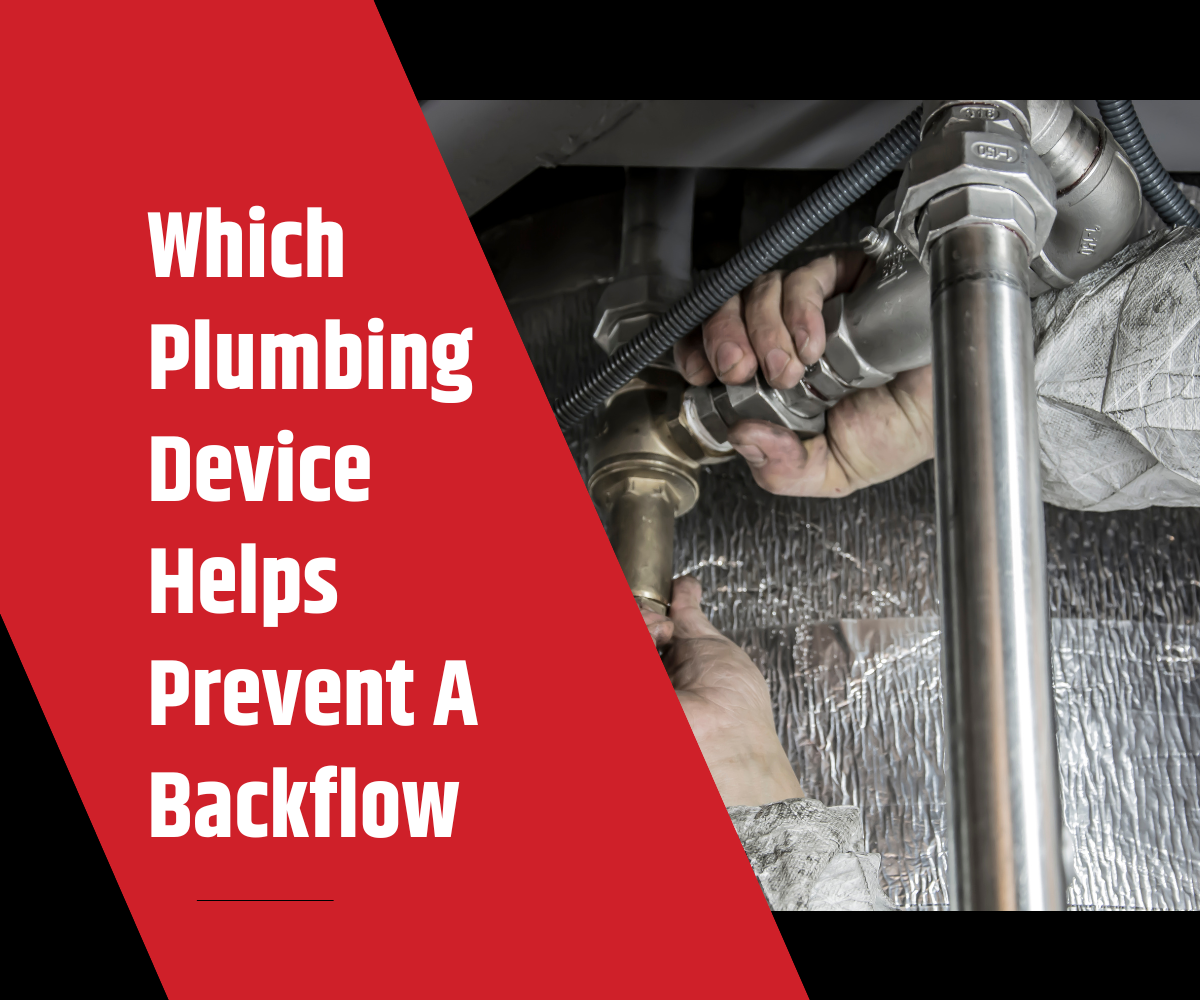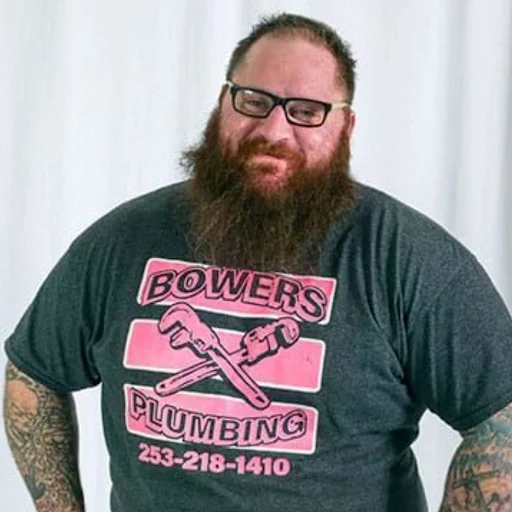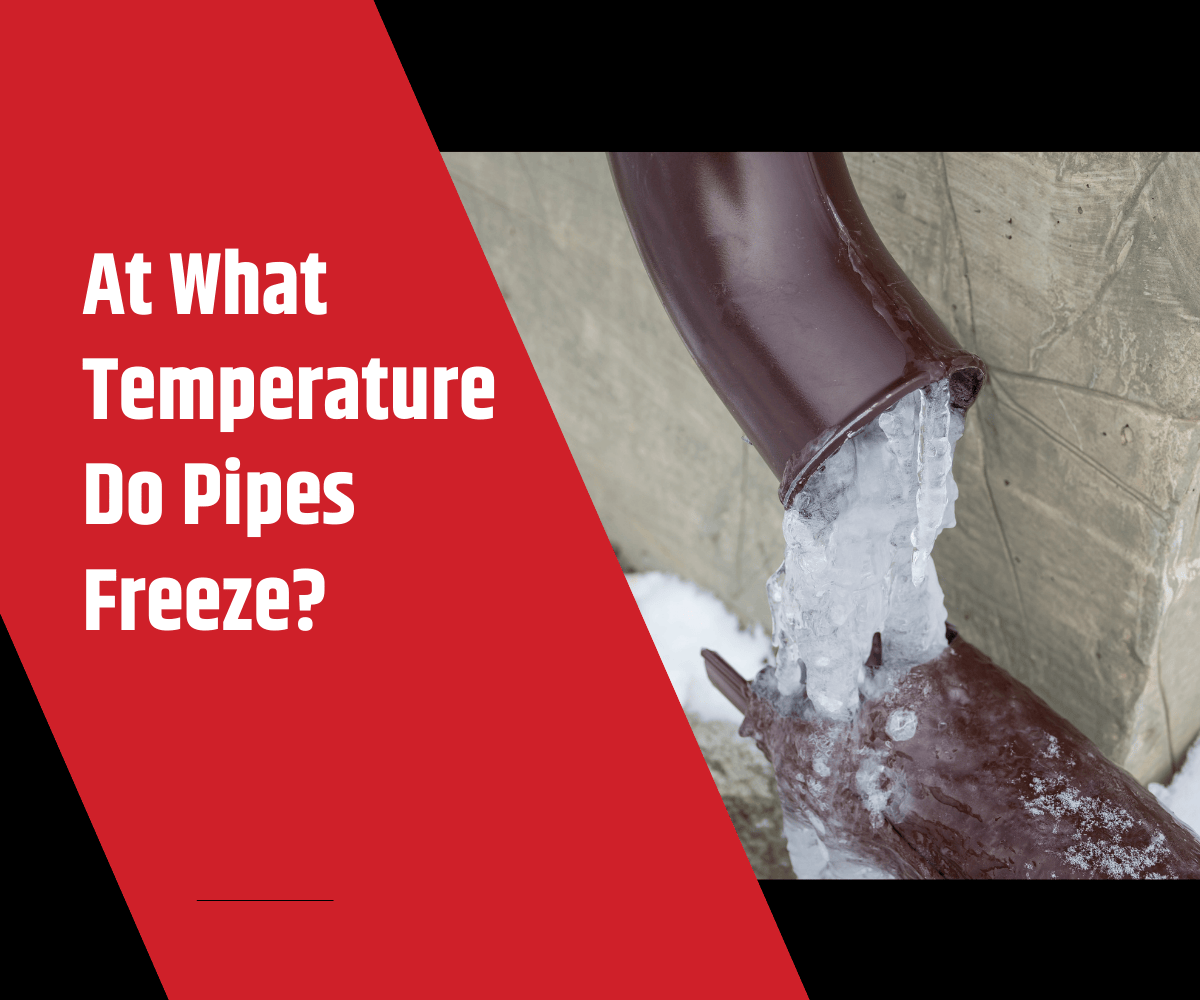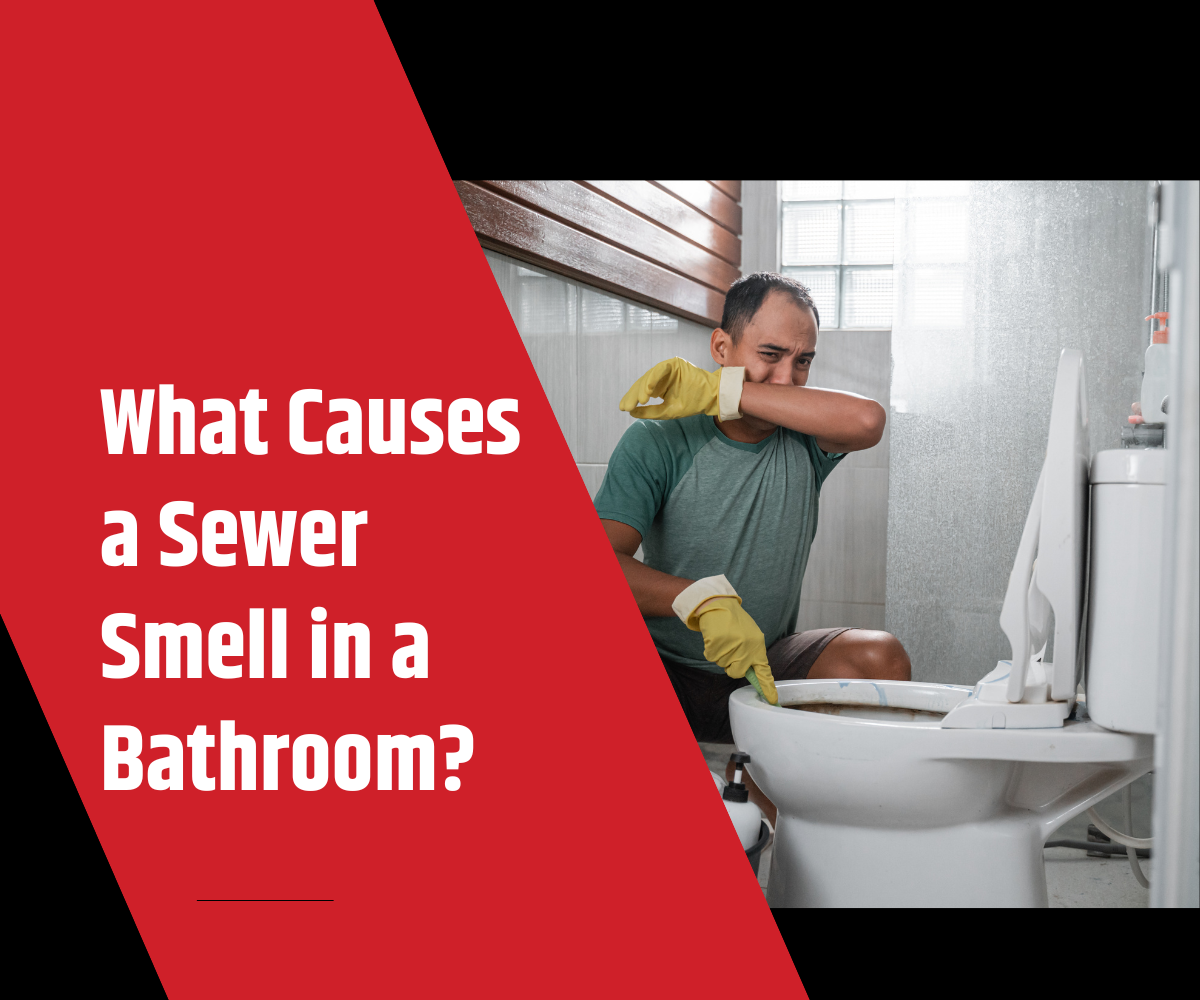Which Plumbing Device Helps Prevent A Backflow?
As a homeowner or business owner, one of your top priorities is to ensure the safety and cleanliness of your water supply. Backflow is a significant concern in plumbing systems, as it can lead to contaminated water entering your clean water supply, potentially causing health risks. Fortunately, there are devices designed to prevent backflow and protect your water quality. In this blog post, we’ll explore which plumbing device helps prevent a backflow and how they work to keep your water safe.
What is Backflow?
Before diving into the devices that prevent backflow in hvac, it’s important to understand what backflow is and what preventers are. Backflow occurs when water in a plumbing system flows in the opposite direction of its intended flow. This reversal can happen due to a sudden change in pressure within the system, which can cause contaminants to be drawn into the clean water supply. Common sources of contamination include:
Chemicals or fertilizers from a garden or irrigation system
Sewage or wastewater from drains or toilets
Bacteria or pathogens that can affect your health
Backflow is not just a nuisance; it can pose serious risks to public health and safety, which is why plumbing codes and regulations require backflow preventer devices to be installed in specific circumstances.
How Does Backflow Occur?
Backflow is primarily caused by two different conditions: backpressure and backsiphonage.
Backpressure occurs when the pressure in a downstream system becomes greater than the pressure in the potable water system, forcing water to flow backward. This could happen due to pumps or heating systems within a facility.
Backsiphonage is caused by a drop in pressure in the potable water system, which can occur during events like a water main break or firefighting activities. This creates a vacuum that draws water from non-potable sources back into the clean water supply.
Both conditions can lead to harmful contamination, which is why backflow prevention is critical for maintaining the integrity of your water system.
Plumbing Devices That Prevent Backflow
There are several types of devices designed specifically to prevent backflow in plumbing systems. These devices are typically installed at strategic points in the system to ensure that contaminated water does not flow back into the potable water supply and prior to this, go through testing. Below, we discuss the most common backflow prevention devices:
1. Backflow Preventer Valve (Double Check Valve Assembly)
The double check valve assembly (DCVA) is one of the most commonly used backflow prevention devices. This device consists of two check valves placed in series, along with two shut-off valves. These check valves are designed to prevent water from flowing backward into the system.
How it works: The DCVA uses a pair of check valves that only allow water to flow in one direction. If the pressure in the system drops or reverses, the valves close, blocking the backward flow and preventing contamination.
Common uses: The DCVA is typically installed in residential and commercial irrigation systems, fire sprinkler systems, and in systems where the risk of contamination is moderate.
2. Reduced Pressure Zone Device (RPZ)
A reduced pressure zone (rpz) device is considered the gold standard for backflow prevention in situations where there’s a high risk of contamination. RPZs are designed for high-hazard situations, such as industrial or commercial settings where the water supply is more vulnerable to contamination.
How it works: The RPZ consists of two check valves with a pressure relief valve in between. If the first check valve fails or if backflow pressure builds up, the second check valve and relief valve work together to release the pressure and prevent contaminants from entering the clean water supply.
Common uses: RPZs are commonly used in high-risk installations, such as hospitals, laboratories, and facilities that handle chemicals or hazardous materials.
3. Pressure Vacuum Breaker (PVB)
The pressure vacuum breaker (PVB) is a backflow prevention device used primarily in irrigation systems and outdoor plumbing. It’s most effective against backsiphonage but does not offer protection against backpressure.
How it works: The PVB uses a spring-loaded valve to break the vacuum when there’s a drop in pressure in the system. This allows air to enter the system, preventing water from being siphoned back into the clean water supply.
Common uses: PVBs are often installed on lawn irrigation systems or in places where water is likely to be drawn from a potable supply but there’s no risk of backpressure.
4. Atmospheric Vacuum Breaker (AVB)
An atmospheric vacuum breaker (AVB) is another device designed to prevent backsiphonage by allowing air to enter the system if the pressure drops. However, unlike the PVB, the AVB does not have a pressure relief valve and cannot protect against backpressure.
How it works: The AVB operates by sensing a drop in system pressure and opening a valve that allows air to enter the system, thus breaking the vacuum and preventing backflow.
Common uses: AVBs are used in low-hazard areas like irrigation systems and hose bibs.
5. Hose Bibb Vacuum Breaker
The hose bibb vacuum breaker is a small, inexpensive device installed on hose bibs (outdoor faucets) to prevent backsiphonage. It’s a simple yet effective tool for preventing contaminants from entering the potable water supply when a hose is attached and used outdoors.
How it works: The device is installed on the faucet and automatically breaks the vacuum when the water pressure changes, preventing any siphoning of water into the clean water system.
Common uses: Hose bibb vacuum breakers are commonly used in residential applications, especially for garden hoses or other outdoor water connections.
Why is Backflow Prevention Important?
Health and Safety: Backflow can introduce harmful contaminants like bacteria, chemicals, and sewage into your clean water supply, posing serious health risks.
Compliance with Regulations: Local plumbing codes often require backflow prevention devices to be installed in specific situations to protect public water supplies. Failure to comply can result in penalties or fines.
Protecting Your Plumbing System: A backflow event can cause serious damage to your plumbing system, leading to costly repairs or replacements.
When Should You Install Backflow Prevention Devices?
Backflow prevention devices are required in many situations, including:
Irrigation systems: To prevent fertilizers, pesticides, or other chemicals from entering the water supply.
Fire suppression systems: To prevent contaminated water from being introduced into the potable water supply.
Swimming pools or hot tubs: To prevent chemicals from flowing back into the water supply.
Business or industrial facilities: To protect against potential contamination from hazardous materials or chemicals.
Conclusion
Backflow is a serious concern that can jeopardize the quality and safety of your water supply. Fortunately, there are several backflow preventers available to ensure that your water remains clean and safe for consumption. From the double check valve assembly to the reduced pressure zone device, each device has its own strengths and is suited for different types of plumbing systems and risks. Regular maintenance and repair is important to ensure everything is working properly.
At Bowers Plumbing, we understand the importance of backflow prevention and are committed to helping homeowners and businesses protect their water supply. If you’re unsure which device is right for your property, give us a call, and our experienced team will guide you in choosing and installing the right backflow prevention device for your needs.





